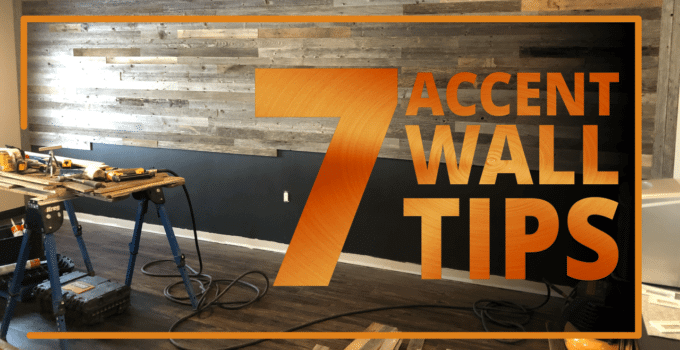How To Make A Handy Jig To Recess Metal Table Legs
- Troy
- Jan 18, 2022
- 4 min read
Updated: Jan 20, 2022

If you want to up your game and add some sleekness to the underside of a table this woodworking jig is very handy to recess metal table legs making woodworking repeatable, exact, and fast. Like most woodworking jigs it takes longer to make it than actually use it. While this may be true all your patients and effort will pay off in the end with flawless precision. If you intend on making a number of these tables with recessed legs then this jig will prove to be a huge time saver. Once set up it can be used over and over again with exact matching results.
The Goal is for this jig when set into place to effortlessly template recesses 1.5″ from the edge to the table. Depending on the router used some modifications may have to be made to accommodate any differences. The router we used for this template is a 2.25hp Makita.
TOOLS AND SUPPLIES REQUIRED (AMAZON LINKS)
Material
2 pieces of wood – 2”x1.5”x12” (stop blocks)
1 piece of 1/2” plywood – 14″ x 14″
MAKING THE JIG
JIG STOP BLOCKS
Jig stop blocks are important because they provide the router with a straight edge to follow and allow the jig to be easily set in place without having to repeatedly measure each leg position. The 1/2” plywood slips snugly into the dado of each stop block providing jig strength and alignment. We used the table saw with a dado blade method although multiple passes using a single blade would work too.
Cut two pieces of wood to measure 2”x1.5”x12” each.
Set the table saw fence to 11/16″
Set saw blade height to 1.5″
Run one pass with a dado blade set to 9/16″ for each stop block.
Change out the dado blade for a single
Set fence to 1″ and adjust the blade height to 5/8″ (blade should be within the dado) and trim the narrow side off the stop block. For this step ensure the thin piece being cut off creating the J shape is to the left of the blade with the balance against the fence. Set the cut-off pieces aside, for now, to be used as router guides later on.
PLYWOOD BASE
When selecting plywood try to use a piece as flat as possible without surface imperfections due to knots. This will pay off big time when using this jig because it will ensure accurate even depth recesses for the metal table legs reducing the chance of table wobble.
Square a piece of 1/2″ plywood measuring 14″x14″ and sand the surface with 120 grit.
Attach the stop blocks to the plywood with wood glue creating an L shape. Use wood clamps to squeeze the stop blocks into place. Check for square and clean up any glue squeeze-out now with a damp rag.
Using 1″ brad nails attach the stop blocks from the underside of the Jig.
With your spiral bit attached to the router measure the distance from the edge of the blade to the outside edge of the base. Jot that measurement down. For our Mikita Router, the measurement is 2-5/8″.
Repeat the step above this time using your combo square to lock-in that measurement you jotted down.
Set one of the table legs on the plywood jig base in the approximate position desired. Use your combo square with the locked-in measurement to determine leg placement. Trace the outline of the leg base with a sharp pencil.
ROUTER GUIDES
The strips that were trimmed off the stop blocks will now be attached to the top surface of the jig. These thin pieces will be glued and tacked into place providing guides for the router to follow. Note that 1/4″ will be added to the leg base recesses to allow for wood movement (if any). In addition, this will provide a little room to adjust when inserting the furniture bolts through the leg base into the threaded insert embedded into the table.
Cut to length:
Use the measurement you jotted down in the stop block steps (tip of router blade to the outside edge of the router) and measure out from the leg base outline, add a 1/4″, and mark it with a pencil. Repeat this process making two pencil marks on each of the 4 sides excluding the stop block sides.
Double-check the measurement above with the router in place to ensure proper placement.
Using the pencil marks as a reference attach the wood strips to the plywood base using wood glue and brad nails. Allow sufficient time to dry. To avoid splitting the strips pre-drilling is an option.
Clampdown the jig to a scrap piece of wood and router out the leg base area in the jig. Two passes taking off a 1/4″ each time.
Clean up the edges of the new cut with sandpaper.
TAKE YOUR NEW WOODWORKING JIG FOR A SPIN
Definitely try your jig out on some scrap wood to get comfortable with it. This test run will provide you with the opportunity to set the proper bit depth required to countersink the leg base perfectly. Ensure that you use clamps to hold the jig in place before you begin and now you’re ready for the real deal.

As always, we encourage you to engage with us and comment below sharing your experience with this recess jig. I will reply to each message and appreciate your contribution.



Comments